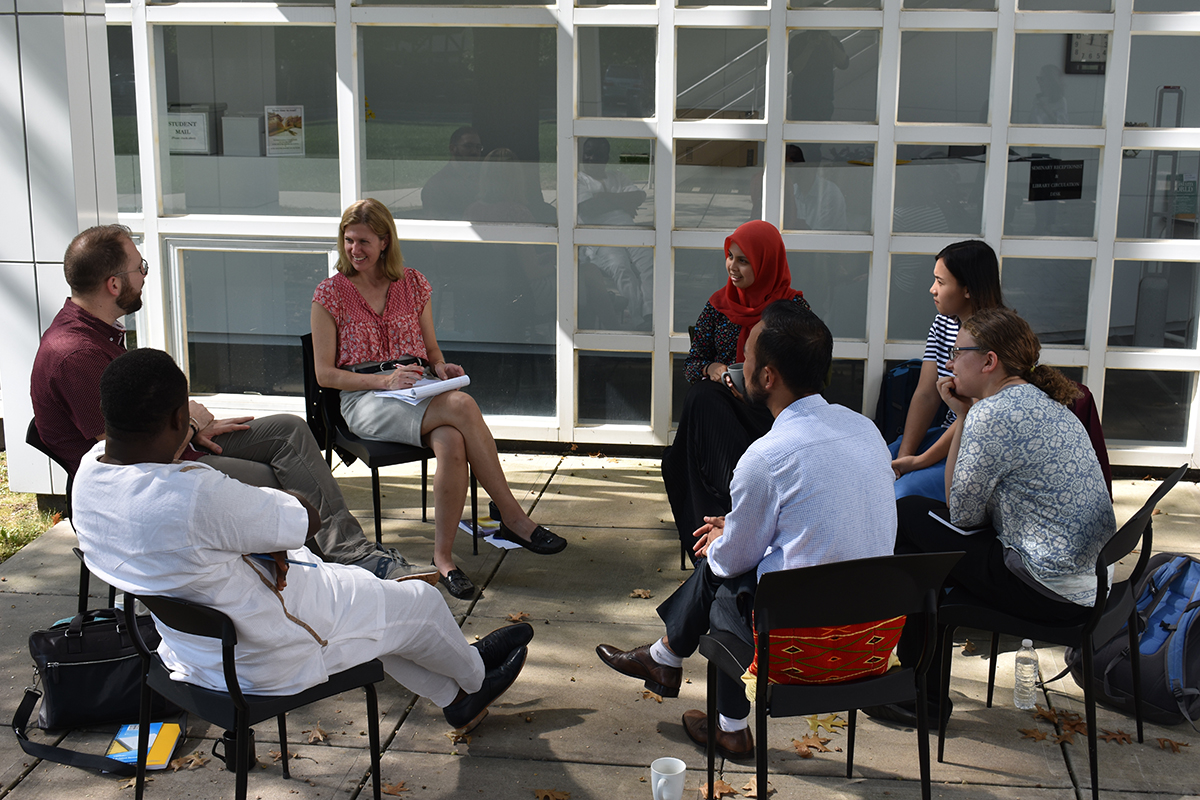How Chaplains Address Issues of Cultural Appropriation

At Hartford International University for Religion and Peace, fostering intercultural understanding is central to our mission. As chaplaincy students who will soon serve diverse communities, we have an obligation to model respect for people from all backgrounds. Part of this involves recognizing and avoiding cultural appropriation – using aspects of a culture in an inappropriate or unacknowledged way.
For example, some students recently decided to host an “Arabian Nights” themed party, inviting guests to wear costumes inspired by Middle Eastern attire and decorating with items like hookahs. The organizers intended no harm, but some students with Middle Eastern heritage were deeply offended, feeling their culture was exoticized and reduced to stereotypes.
As chaplains guided by our university’s commitment to interreligious studies and cross-cultural connection, how can we address issues like this?
Cultural Appropriation vs. Appreciation
First, we must distinguish appropriation from appreciation. Appropriation takes without permission, stripping away context and meaning. Appreciation involves consent, dialogue, and learning. No matter our intentions, impact matters.
Second, appropriation harms all by reinforcing stereotypes and trivializing marginalized cultures. It prevents mutual understanding, erecting barriers between groups. Whether in our classroom or on a field education site, HIU’s Chaplaincy program reinforces cultural understanding in the face of ignorance.
Practicing Cultural Appreciation
Instead, we encourage the practice of humble cultural appreciation by:
- Asking community members how they would like their culture represented before including it in programming
- Learning the historical struggles and modern issues facing cultures before incorporating their elements
- Crediting cultural sources clearly and completely
- Benefiting cultures by promoting authentic voices from within them
- Speaking up respectfully when we notice appropriative representations of cultures
- Educating peers on cultures’ complex meanings and realities
- Creating spaces for marginalized groups to showcase their cultures
As chaplains, facilitating this kind of respectful appreciation aligns with our highest aims – nurturing connection, expanding worldviews, and pursuing justice. With open hearts and minds, our community can honor the dignity in all cultures.
What questions does this issue raise for you about fostering understanding between groups?
Dr. Bilal Ansari is Director of HIU’s Islamic Chaplaincy Program and Co-Director of the MA in Chaplaincy.
Tags: how chaplains address issues of cultural appropriation
